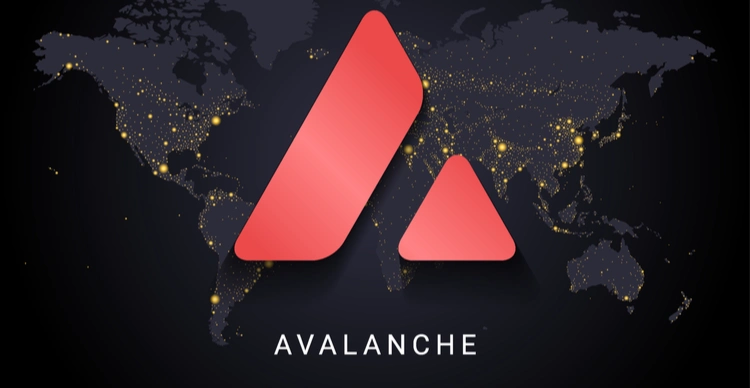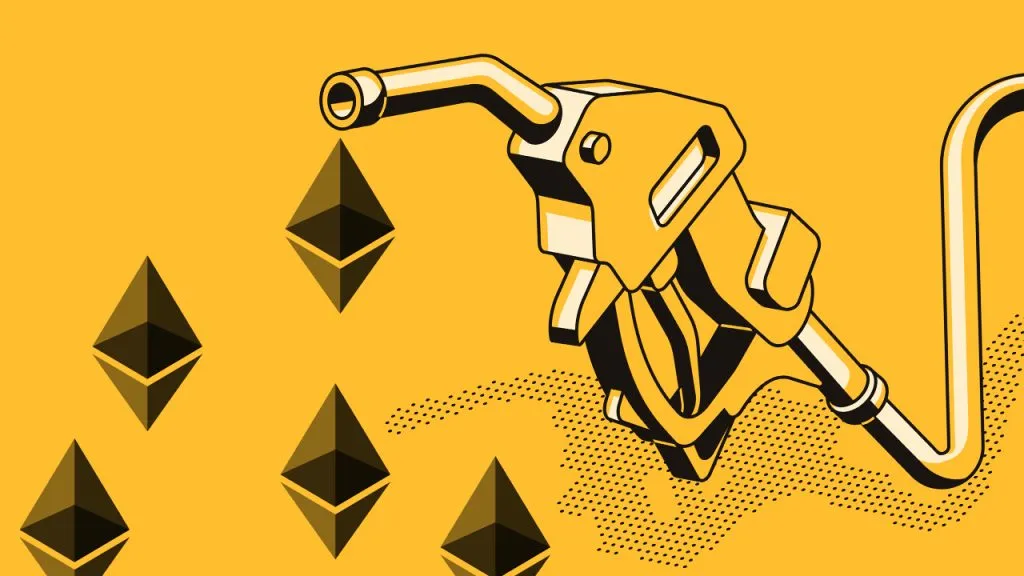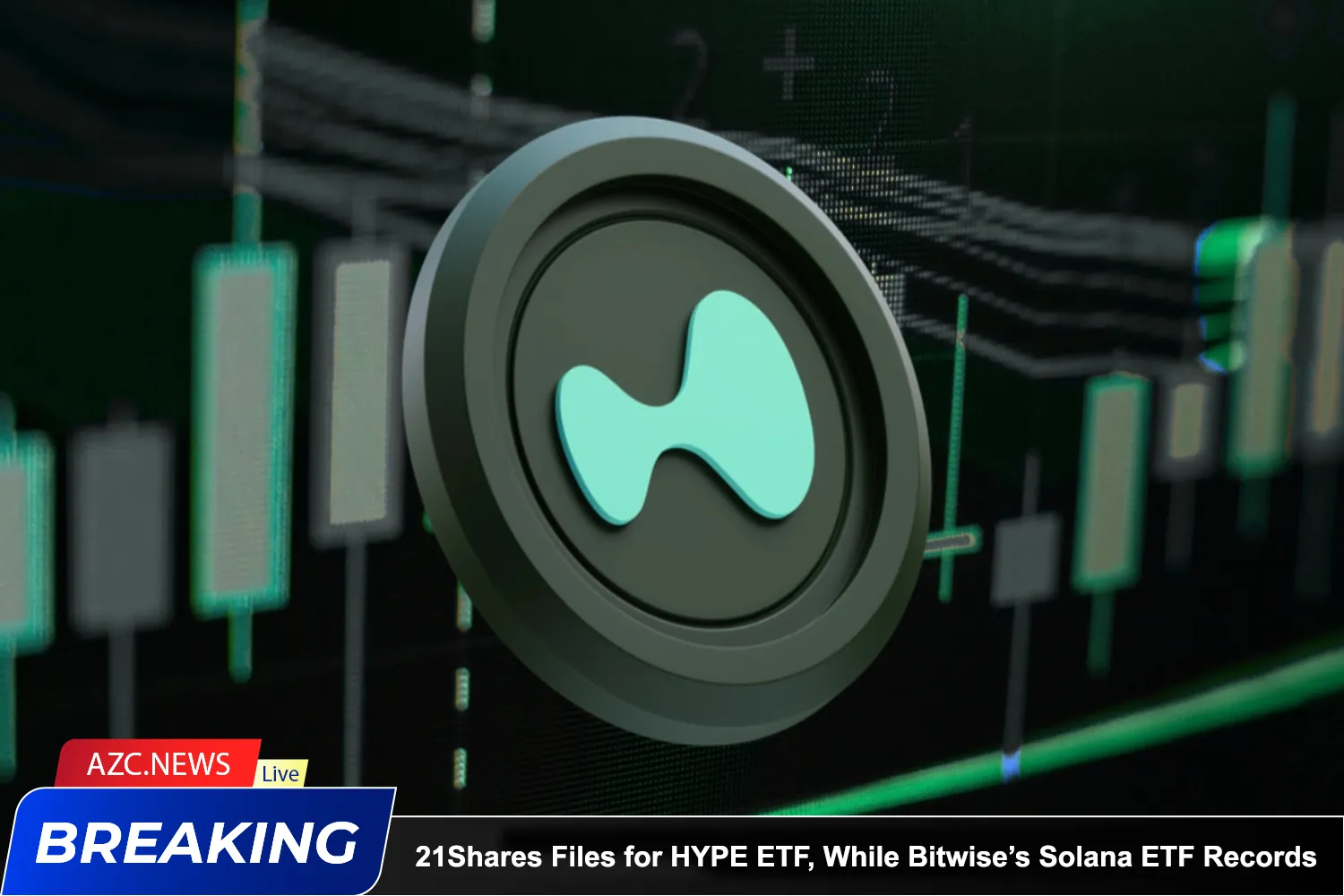What is Avalanche (AVAX) vs Ethereum (ETH)?
What is Avalanche?
https://www.avax.network/
Avalanche is a protocol that powers the next generation of DeFi. It uses a multi-chain approach to improve performance and reduce transaction fees. Avalanche solves Ethereum’s problems such as limited scalability.
Avalanche is developed by Ava Labs. Ava Labs is led by Cornell researcher Emin Gün Sirer. Launched September 2020. The development team focuses on scalability beyond Ethereum.
What is Ethereum?
https://ethereum.org/en/
Ethereum is the blockchain that has changed the cryptocurrency market. Famous for the concept of smart contracts. Ethereum has become a pioneering force in the market. It has helped drive innovation with the launch of the ERC-20 token standard.
Currently Ethereum is the largest DeFi ecosystem today. But Ethereum has problems with speed and transaction costs.
Ethereum is upgrading to ETH 2.0. Will transition from Proof-of-Work consensus mechanism to PoS consensus mechanism. This will improve the usability of the network and give developers more options.
What problem does Avalanche (AVAX) vs Ethereum (ETH) solve?
What problem was Avalanche built to solve?
Avalanche was developed to minimize the obstacles that users on the Ethereum network often encounter. By combining 3 separate blockchains to complete this task. Avalanche introduces a multilingual approach to programming. Specifically, Avalanche developers can write smart contracts in many different programming languages.
Another problem Avalanche solves is Ethereum’s lack of compliant Dapp support. Compliant dapps are protocols that follow complex sets of rules. Avalanche allows developers to define how each project asset is traded, shared, and stored, making it ideal for tight management of Dapps.
What problem was Ethereum built to solve?
Ethereum was built to fight centralization. This is the first network that allows smart contract programming and Dapp building. Ethereum is designed to be flexible so that developers can use many different languages such as: C++, JavaScript, Python, etc.
How does Avalanche (AVAX) vs Ethereum (ETH) work?
How does Avalanche work?
Avalanche combines three separate blockchains to achieve superior scalability and functionality. Avalanche operates as a seamless payment, cryptocurrency, and DeFi system. The three blockchains created all serve different roles in the network. Together they empower Avalanche developers to create more powerful Dapps.
• Chain X is the network responsible for issuing new digital assets. The network supports the creation of new tokens, NFT non-fungible tokens, stablecoins, and more. Users can use AVAX to mortgage these assets.
• Chain C is designed to improve Ethereum developer onboarding. The developers describe this network as a chain of switches. It has a series of protocols to help Ethereum developers migrate their Dapps to Avalanche seamlessly.
• The P chain is responsible for monitoring and confirming the status of the subnet. These Avalanche-powered blockchains can be set up to meet almost any need. P-chain is also responsible for hosting many of the network’s DeFi features, such as staking protocols.
How does Ethereum work?
Ethereum is the first public blockchain that allows smart contract programming. It operates based on the Proof of Work consensus mechanism. Users use ETH, the digital currency of Ethereum, to pay transaction fees.
Developers can write smart contracts to build decentralized applications (dApps) on Ethereum. These applications run on the Ethereum network of nodes without the need for an intermediary.
Ethereum maintains a distributed ledger to record the state of every smart contract. Every node on the network has a copy of this ledger. Consensus from nodes confirms the authenticity of each transaction.
Related: What Is Ethereum (ETH)? An Overview of the ETH Project
Avalanche (AVAX) vs Ethereum (ETH) Consensus
Avalanche Consensus
Avalanche integrates a Proof-of-Stake consensus mechanism. PoS systems are much more energy efficient than PoW systems because they do not rely on miners to maintain validity. Instead, users stake their AVAX to qualify as a Validator node. These nodes run virtual machines and add transaction blocks to the blockchain.
The PoS consensus system is more democratic than PoW. PoW requires users to purchase expensive equipment for mining. And compete with each other to receive rewards.
Meanwhile, PoS allows users to stake tokens into wallets to ensure system safety. They don’t need to buy expensive equipment or compete to make a profit.
Ethereum Consensus
Ethereum has moved to a PoS mechanism in ETH 2.0. Users can stake ETH to become Validators. At least 32 ETH is required to become a validator. If not enough, it is possible to join mining pools for staking cooperation.
Avalanche (AVAX) vs Ethereum (ETH) Scalability
In terms of scalability, Avalanche is the clear winner. The network’s multi-chain design provides excellent linear scalability. The protocol is capable of sub-second transactions. According to tests, Avalanche can support up to 6,500 transactions per second and is scalable to millions.
Ethereum can process about 15 transactions per second in its current state. It takes 35 network confirmations to complete Ethereum transactions. Notably, the network will see a spike in performance once the ETH 2.0 upgrade is completed. This update will enable the protocol to support thousands of transactions per second and reduce its carbon footprint.
Avalanche (AVAX) vs Ethereum (ETH) Gas Fees
In terms of gas fees, Avalanche wins again. The network offers developers and users some of the lowest fees of any programmatic network. Users pay a very small fee to mint new assets and create a blockchain. These fees are then sent to a recorded address. These actions help reduce the total circulating token supply, which helps drive demand.
Ethereum is experiencing record high congestion causing fees to increase. Network fees increase as it becomes busier due to the technical structure of the protocol. Ethereum is set to increase fees along with congestion as a means to reduce spam posts from the blockchain. However, the recent boom in DeFi protocols means that the majority of traffic on the Ethereum blockchain is not spam but legitimate platforms. Thus, this system has become counterproductive.
DeFi Features Avalanche (AVAX) vs. Ethereum (ETH)
DeFi Features
Avalanche provides users with full DeFi functionality. This protocol supports all the latest features including peer-to-peer lending, staking, farming, and more. All DeFi rewards are paid in AVAX, which can then be added to the main staking balance to improve returns. Ultimately, you create a cycle of wealth using this method.
Ethereum is the largest DeFi network in the world. Despite its technical limitations, Ethereum still manages to support every DeFi service created. The network allows users to interact across the entire ERC-20 ecosystem seamlessly. All ERC-20 compatible applications can leverage DEX numbers, DeFi lending protocols, staking, and more.
Avalanche Tokens (AVAX) vs Ethereum (ETH)
AVAX is the primary utility token for the Avalanche ecosystem. This flexible token can be used to pay fees, send value globally easily, and collateralize new assets and blockchains. Avax has superior scalability when compared to ETH. Tokens can also be staked to ensure low-risk rewards.
ETH is the main utility token of the Ethereum network. The purpose of this token is to pay for EVM (Ethereum Virtual Machine) instances. ETH is one of the most popular tokens on the market. It is listed on most exchanges and is one of the most popular tokens in the world. You can use ETH to participate in an ICO (initial coin offering). It is also used to compensate miners for their support.
Conclusion
Avalanche and Ethereum are two leading platforms in the cryptocurrency industry. Both are technologically superior to their competitors.
Although not as famous as Ethereum, if Ethereum does not improve, Avalanche will probably surpass it.













